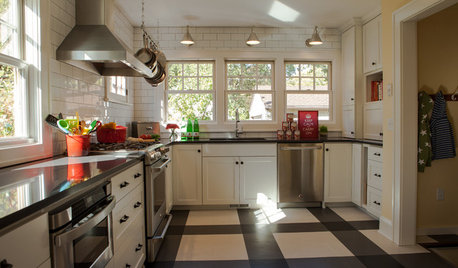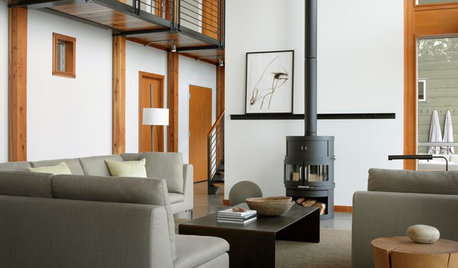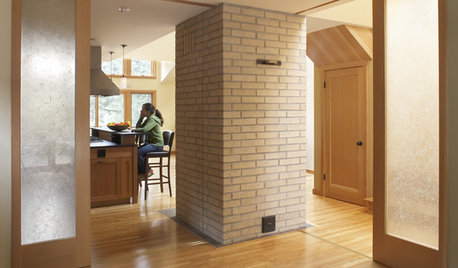can you do geothermal and radiant floor heat?
mrb123
19 years ago
Featured Answer
Comments (20)
mrb123
19 years agoRelated Professionals
Sun Prairie Solar Energy Systems · Richfield Solar Energy Systems · Gardere Design-Build Firms · Palos Verdes Estates Design-Build Firms · Arlington Home Builders · Cliffside Park Home Builders · Colorado Springs Home Builders · Placentia Home Builders · Greenville Roofing & Gutters · Murfreesboro Roofing & Gutters · Orlando Roofing & Gutters · San Jose Roofing & Gutters · Syracuse Roofing & Gutters · Vista Park Roofing & Gutters · Wilton Manors Roofing & GuttersRCMJr
19 years agoBeehaven
19 years agoRCMJr
19 years agoUser
19 years agogeraldo
19 years agoRCMJr
19 years agogeraldo
19 years agoRCMJr
19 years agogeraldo
19 years agoBBTM
19 years agofayemarie
15 years agoegrigby
15 years agoziii
15 years agopercip
15 years agoegrigby
15 years agolatrant
15 years agoRolandMathews
12 years agoAlex House
12 years ago
Related Stories

FLOORSFloors Warm Up to Radiant Heat
Toasty toes and money saved are just two benefits of radiant heat under your concrete, wood or tile floors
Full Story
FLOORSIs Radiant Heating or Cooling Right for You?
Questions to ask before you go for one of these temperature systems in your floors or walls (yes, walls)
Full Story
GREAT HOME PROJECTSHow to Add a Radiant Heat System
Enjoy comfy, consistent temperatures and maybe even energy savings with hydronic heating and cooling
Full Story
FLOORSWhat to Ask When Considering Heated Floors
These questions can help you decide if radiant floor heating is right for you — and what your options are
Full Story
BATHROOM DESIGNWarm Up Your Bathroom With Heated Floors
If your bathroom floor is leaving you cold, try warming up to an electric heating system
Full Story
KITCHEN DESIGNKitchen of the Week: Drab and Dysfunctional to Radiant in Minnesota
Clunky storage and lackluster floors get nixed in favor of open shelves, plaid vinyl and an effective kitchen work triangle
Full Story
HOUSEKEEPING5 Steps to Improve Your Heating System Now
Increase your heater's efficiency and safety for lower energy bills and greater peace of mind this winter
Full Story
GREEN BUILDINGInsulation Basics: Heat, R-Value and the Building Envelope
Learn how heat moves through a home and the materials that can stop it, to make sure your insulation is as effective as you think
Full Story
REMODELING GUIDESClean-Burning Woodstoves Ignite a Greener Heating Trend
No need to rely on oil or gas to heat your home — new woodstove designs burn cleanly and are beautiful to boot
Full Story






RCMJr